Let's start off with the bad news: If there's a loaf of lean bread on your counter—meaning a loaf without added fat or sugar, such as a sourdough boule, ciabatta, or a baguette—it's only at its best for a few days after baking. After 48 hours or so, the bread loses flavor and becomes harder and dryer.
This puts you in a predicament. Either you eat an entire loaf of bread in two days (not easy for even the hungriest of single people), or you watch something beautiful die. Or mold. Or stale.
A fun fact, via Harold McGee: Staling isn't an issue of moisture loss. It's an issue of starch retrogradation. More on that here.
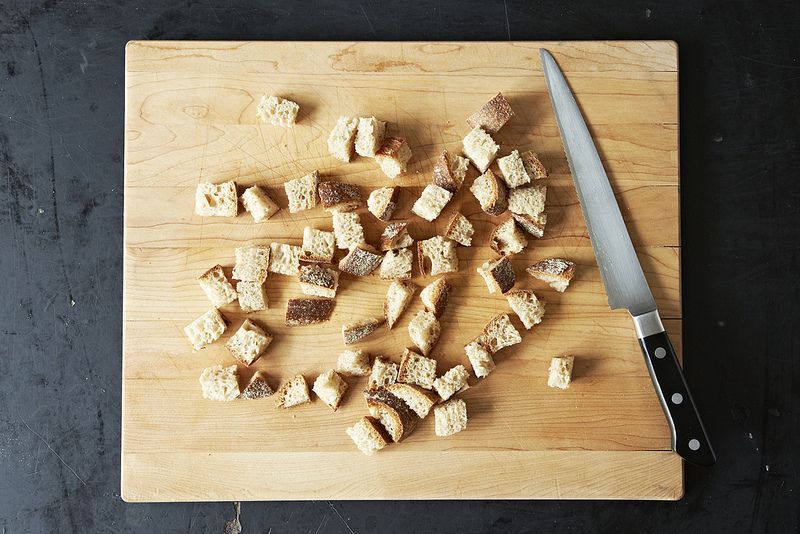
The good news: You can stop time after two days. You can turn your bread into bread crumbs, or freeze it in slices for toast, or turn it into croutons for a panzanella (or freeze them for future croutons). If things get really dire (read: incredibly stale), make pappa al pomodoro. These are all great ways to deal with stale and almost-stale bread.
But if you're stubborn and insist on holding onto your bread for more than a few days, you'll want to store it properly. And if you ask around for the best way to keep your bread edible, you'll receive a huge variety of answers. Even if you ask three professional bakers, you are likely to get three different answers.
Let's first talk about the refrigerator for a second. It is a good place to keep your carrots crisp, but it's not a good place for your bread. Scientifically, bread will actually stale faster in the refrigerator because of the low temperature. Luckily, you've got some better options.
The Best Ways to Store Bread
A ceramic bread box allows for ideal air circulation: Just enough to keep your bread moist, without drying. If you don't have space for one (or don't feel like buying one) not to worry. The most low-tech method is to sit your bread on a wooden board, cut-side down; this keeps the exposed crumb from drying.
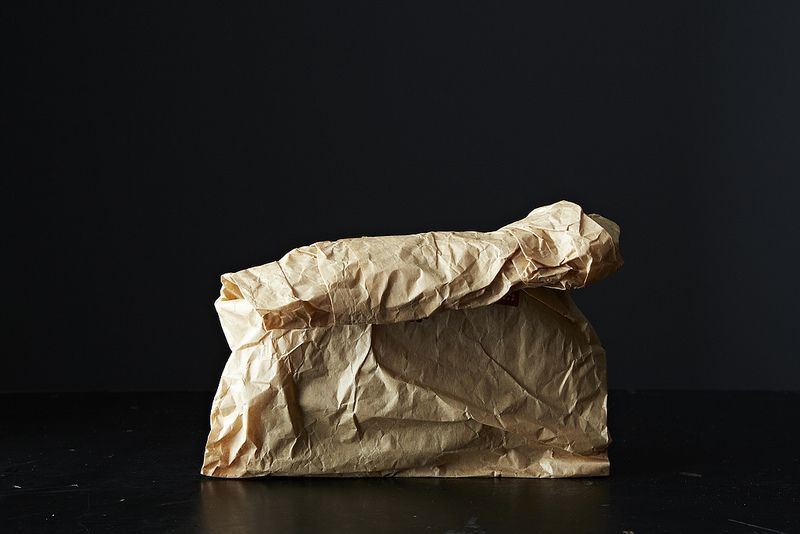
You can also employ the same technique with a paper bag. This will better protect your loaf and allow for good air circulation, meaning that your crust won't get soft. Some people claim that a sliced loaf stored cut-side down in a paper bag will stay the freshest. Our results on this one have been mixed.
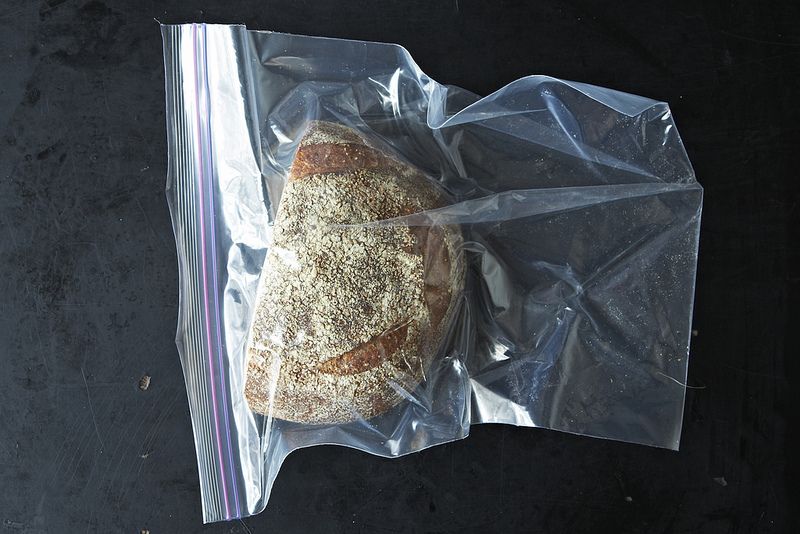
If you want to avoid staling at all costs, go with a plastic bag—this is what the bakers at King Arthur Flour suggest. Make sure to get as much air out of there as possible before sealing. Your crust will soften, but your bread won't dry out or harden prematurely. Make up for unwanted softness with toasting. It makes everything better.
And lastly, a note on baguettes: After a day, they're only good for crostini, or for hilarious staged photographs. So slice and freeze before things turn south, or share with a friend.
At the end of the day, if you have a strategy that works for you, by all means keep it up. And share it with us in the comments.
A Few Bready Recipes
This wildly popular riff on Jim Lahey's classic no-knead formula calls for a sourdough starter instead of commercial yeast. Pro tip: For an even crispier crust on your loaf, preheat your empty Dutch oven or pot before you add in the dough.
/3467caac-08ef-40f3-ba0a-416b1d154daa--2019-1107_sponsored_miele_sourdough_3x2_bobbi_lin_27514.jpg)
One of our top-ten most popular recipes of all time (seriously), this magically fluffy, ultra-tender milk bread recipe can be used all sorts of ways—from sandwiches to French toast. Even better, the loaf comes together relatively quickly: less than four hours from start to finish.
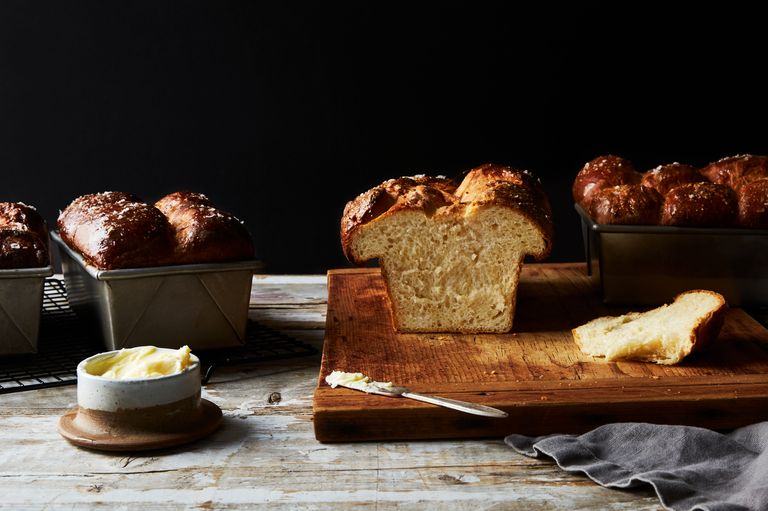
Cookbook author Alexandra Stafford's favorite way to enjoy this fragrant, cinnamon-swirled bread? Toasted, then slathered with butter and a sprinkle of sugar. (And we have to admit, that sounds pretty darn great.)
/d2af6e2b-63e8-427a-a2f3-8ffc2d4b1eec--048_Staf_9780553459838_art_r1_1-.jpg)
If you're looking for a recipe that will help you achieve bakery-style bread at home, look no further than this crusty whole-wheat bread with a soft and chewy center. Just keep one thing in mind when making it: You'll probably be tempted to nibble on a slice straight out of the oven, but it needs to cool for at least an hour or two to help complete the baking process.
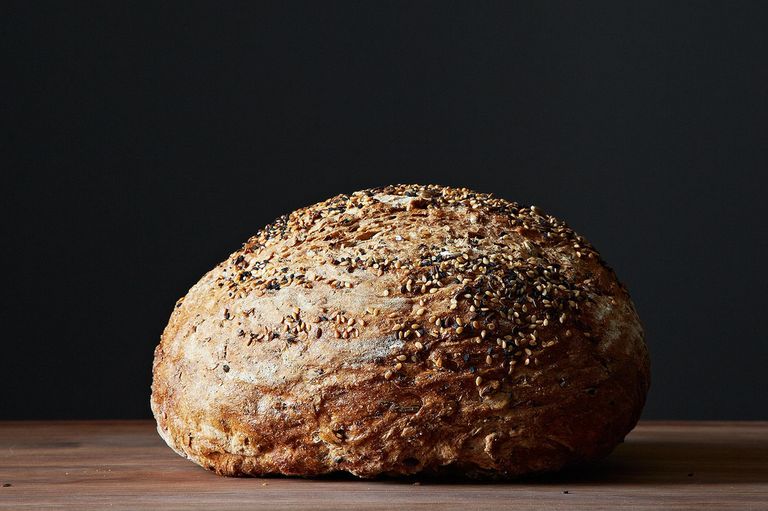
"This is a variation of cornbread that is light and nutty and nostalgic," writes Chef Edward Lee of his buttery popcorn bread, which he adds is best served when it's still nice and warm.
/104b8c6e-0aee-4063-aea8-3117239dbadd--2017-1214_edward-lee-popcorn-bread_3x2_bobbi-lin_5349.jpg)
Tell us: How do you store your bread?





/3467caac-08ef-40f3-ba0a-416b1d154daa--2019-1107_sponsored_miele_sourdough_3x2_bobbi_lin_27514.jpg)

/d2af6e2b-63e8-427a-a2f3-8ffc2d4b1eec--048_Staf_9780553459838_art_r1_1-.jpg)

/104b8c6e-0aee-4063-aea8-3117239dbadd--2017-1214_edward-lee-popcorn-bread_3x2_bobbi-lin_5349.jpg)

See what other Food52 readers are saying.